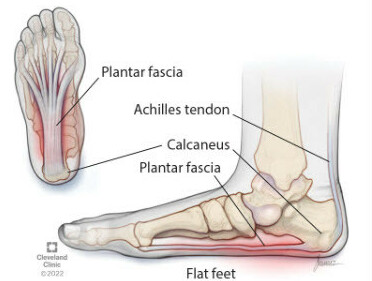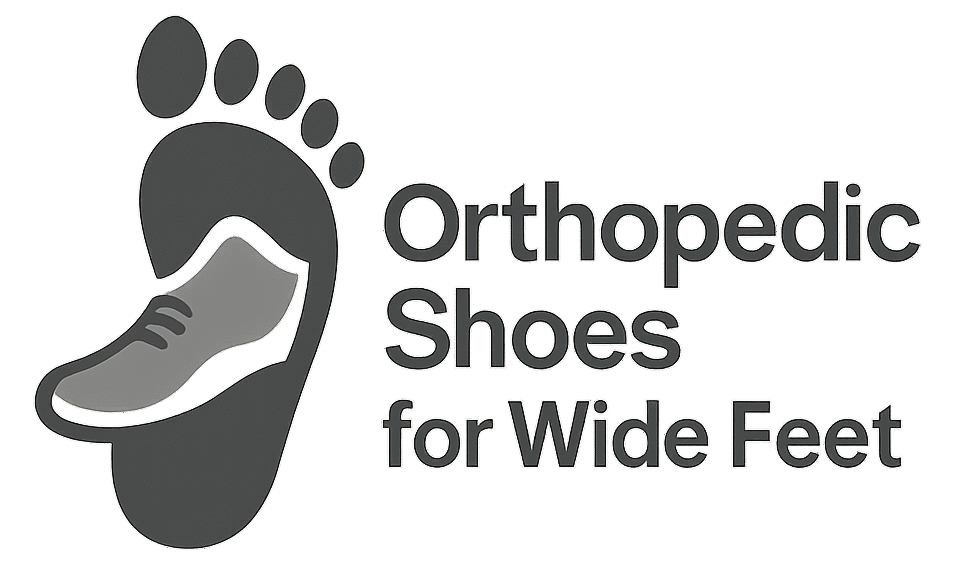
If you’re waking up to a sharp pain in your heel, you might be part of the 10% of the population experiencing plantar fasciitis at some point in their lives. It’s not just a morning nuisance; this discomfort can shadow you all day.
So, what exactly is plantar fasciitis? It’s the inflammation of the plantar fascia, a band of tissue that runs along the bottom of your foot. When overused or stressed, it can cause that unmistakable pain around your heel.
Don’t worry too much about this being a rare or complex issue. It’s common among runners, those carrying extra weight, or folks who stand a lot for work. And it hits home for those with flat feet or high arches, too.
You can always visit a healthcare professional for advice, but let’s explore some self-care steps first. Ice packs, rest, stretching, and anti-inflammatory medications are a solid starting block for many.
But here’s a crucial piece of the puzzle – footwear. Wearing shoes that cradle and support your feet might just be the game-changer you need. It’s not only about cushioning your step; it’s about providing the right structure to alleviate excess strain on that tender plantar fascia.
So, moving gracefully into our next section, we’re going to dissect what orthopedic shoes have to offer. You’re going to find out about the unique features that make these type of shoes more than just a cushion for your feet – they’re a true ally in your fight against plantar fasciitis. Believe it or not, choosing the right shoe could make a world of difference, and I’m here to help you understand how.
The Mechanics of Orthopedic Shoes: A Step Towards Comfort

I’m going to break down what makes shoes ‘orthopedic’. Simply put, these aren’t your average sneakers or flats. Orthopedic shoes are specifically designed to support the structure and mechanics of the foot, ankle, and leg. Their unique qualities address a wide range of foot issues, but today, we’re focusing on plantar fasciitis.
So, what are the key features? First, you’ve got a supportive heel cup. This cradles your heel and minimizes the impact when your foot strikes the ground. Then, there’s arch support for days. It’s tailored to keep your foot in a neutral position, which is crucial for those with plantar fasciitis. Don’t forget about cushioning – it’s the shock absorber for each step.
These features come together to create a shoe that actively addresses foot mechanics. With every step, an orthopedic shoe works to evenly distribute weight, reduce stress on the heel, and promote proper alignment. That’s the kind of support that makes a real difference in managing plantar fasciitis pain.
Now, in comparison, regular footwear might look flashy, but they often fall short in providing the support and relief needed for heel pain sufferers. Without proper support, everyday shoes can actually exacerbate plantar fasciitis symptoms. Think of orthopedic shoes as a firm handshake for your feet – they offer stability and confidence with every step.
Selecting the Right Orthopedic Shoes: A Guide to Your Choices
I’m going to make it easier for you. We’re faced with a ton of options for orthopedic shoes, but let’s zero in on what really matters. Step one, check out the arch support. Your arch is the epicenter for plantar fasciitis pain, so this is where you want to start. Look for orthopedic shoes that cater to your arch type – be it flat, high, or somewhere in between.
You’re going to find out about fit and comfort next. Your orthopedic shoes should feel good from the get-go. If you’re pinching or cramped, that’s a no-go. Don’t worry too much about a ‘break-in’ period; quality orthopedic shoes will have a supportive yet cushioned sole that feels comfortable right away.
Choose something that resonates with you in terms of style and functionality. Today’s market offers everything from sneakers to dress shoes with orthopedic features. You might also want to check out user reviews; they can be a great indicator of how the shoes perform in real-life situations.
Remember, it’s not just buying the shoe; it’s also about ensuring a proper fit. That means trying them on later in the day when your feet are naturally a bit swollen. Walk around. Test them on different surfaces. This isn’t just about whether the shoe fits, it’s about how your feet feel at the end of the day after wearing them.
In my opinion, it’s always wise to consult with a podiatrist before making a final selection. They can provide invaluable advice on what specific features will best aid your condition. And if you’re ordering online, make sure there’s a good return policy. You can always adjust your approach down the road if the shoes aren’t quite right.
Integrating Orthopedic Shoes into Your Lifestyle: Real-Life Tips
You’ve now got a good handle on what to look for in orthopedic shoes to alleviate heel pain from plantar fasciitis. But I’m going to help you understand how to make these shoes work for you, not just sit in your closet.
Choose something that resonates with you in terms of style and comfort. Remember, you’re more likely to wear them if they also appeal to your taste. Don’t worry too much about choosing a model that’s ‘perfect’ on day one. You can always adjust your approach down the road.
I’m here to help you with practical tips for wearing your new shoes. Slowly introduce them to your routine, giving your feet time to adapt. Also, pay attention to the shoe’s life span. Just like tires on a car, they need replacing after a certain mileage to ensure continuous support.
What about maintenance? Keep your orthopedic shoes clean and dry, which not only prolongs their life but also supports good foot hygiene. If they come with removable insoles, take them out regularly to air out the shoes.
Now, what can you do besides slipping on the right shoes? Stretching exercises for your plantar fascia and Achilles tendon can be a fantastic complement. Many have found success combining shoe-wear with a regimen of icing, rest, and stretches.
I’ve also heard from those who’ve walked the walk. The community of plantar fasciitis sufferers often share success stories and routines that worked for them, which can be incredibly motivating.
